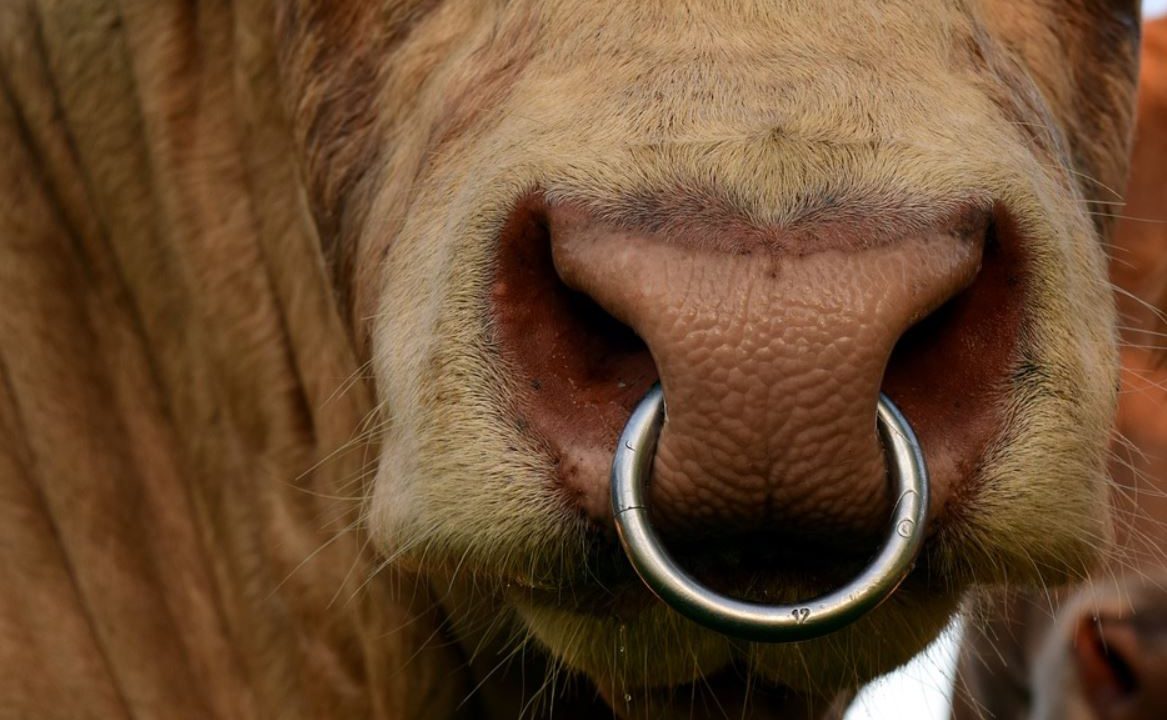With many farms now at the point of the breeding season where the stock bull has been introduced to the herd, it is time to once again to start thinking about bull safety.
Handling and working with livestock can be dangerous. In the last ten years, 19% of farm fatalities are as a result of livestock, with 18% of this figure attributed to stock bulls.
Freshly calved cows and bulls can be some of the most dangerous animals on a farm.
It is also important to remember that working with animals carries a risk of possibly becoming infected with a zoonotic disease, which will be further discussed below.
Bull safety
It is important that a bull is familiar with people, but not overfamiliar. A safe distance should be maintained at all times.
With age brings experience, but also in many cases reduced mobility, so having a escape plan in place is advised.
Bulls should be ringed from 10 months old, with a chain attached when grazing. There should be a zero tolerance policy towards any bull showing signs of aggression.
A bull’s temperament changes as it matures, from playful aggression as a yearling to defensive, territorial aggression as a two or three year old.
The risk of a bull attack is greatest during the summer months when breeding season is occurring.
Consider using a vehicle when herding – turning and running from the bull only invites them to chase you, they will usually be faster.
If there is no refuge point to escape then stepping sideways out of his best vision will confuse him as to where you have gone.
No bull can be trusted, and every bull will be unpredictable at some time – this applies even to young bulls and seemingly quiet bulls.

Zoonotic diseases
Zoonotic diseases are passed from animals to humans and are often forgotten when animal safety is spoke about.
Zoonotic diseases can be easily passed from animals to humans, with the main risk factors being:
- Gut disorders;
- Leptospirosis;
- Crytosporidiosis;
- Bovine tuberculosis (TB);
- Brucellosis;
- Q fever;
- Ringworm;
- Tape and gut worms.
More than three quarters of human diseases are zoonotic, some can cause serious diseases in humans but have little or no affect on animals – while others can be the cause of serious disease in both animals and humans.
To reduce the risk of zoonotic diseases, some steps to follow include:
- Keep stock healthy – this may include increased vaccination;
- Use PPE where necessary;
- Encourage good personal hygiene;
- Keep cuts and abrasions covered;
- Control rats and vermin to avoid spreading disease.
